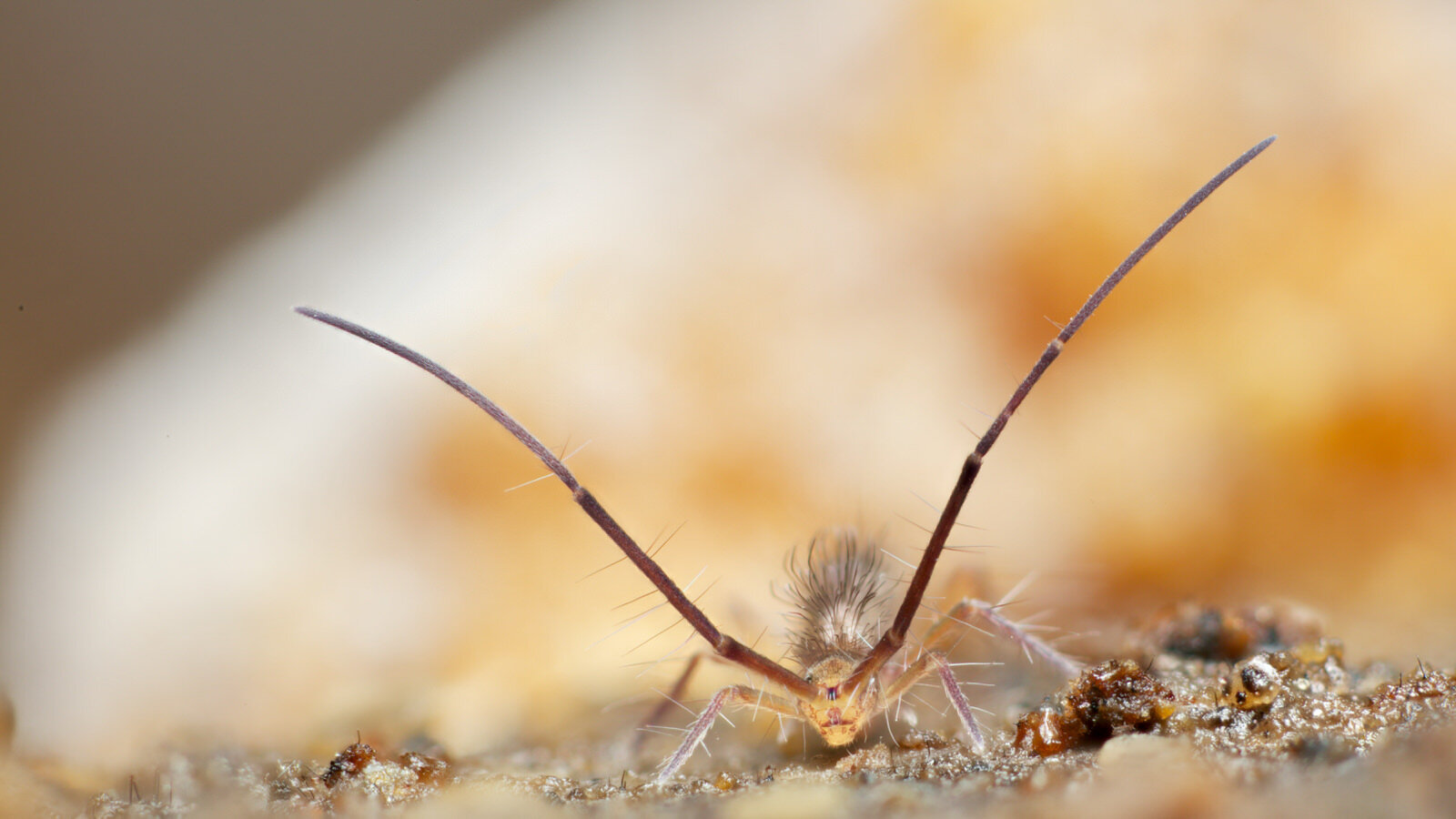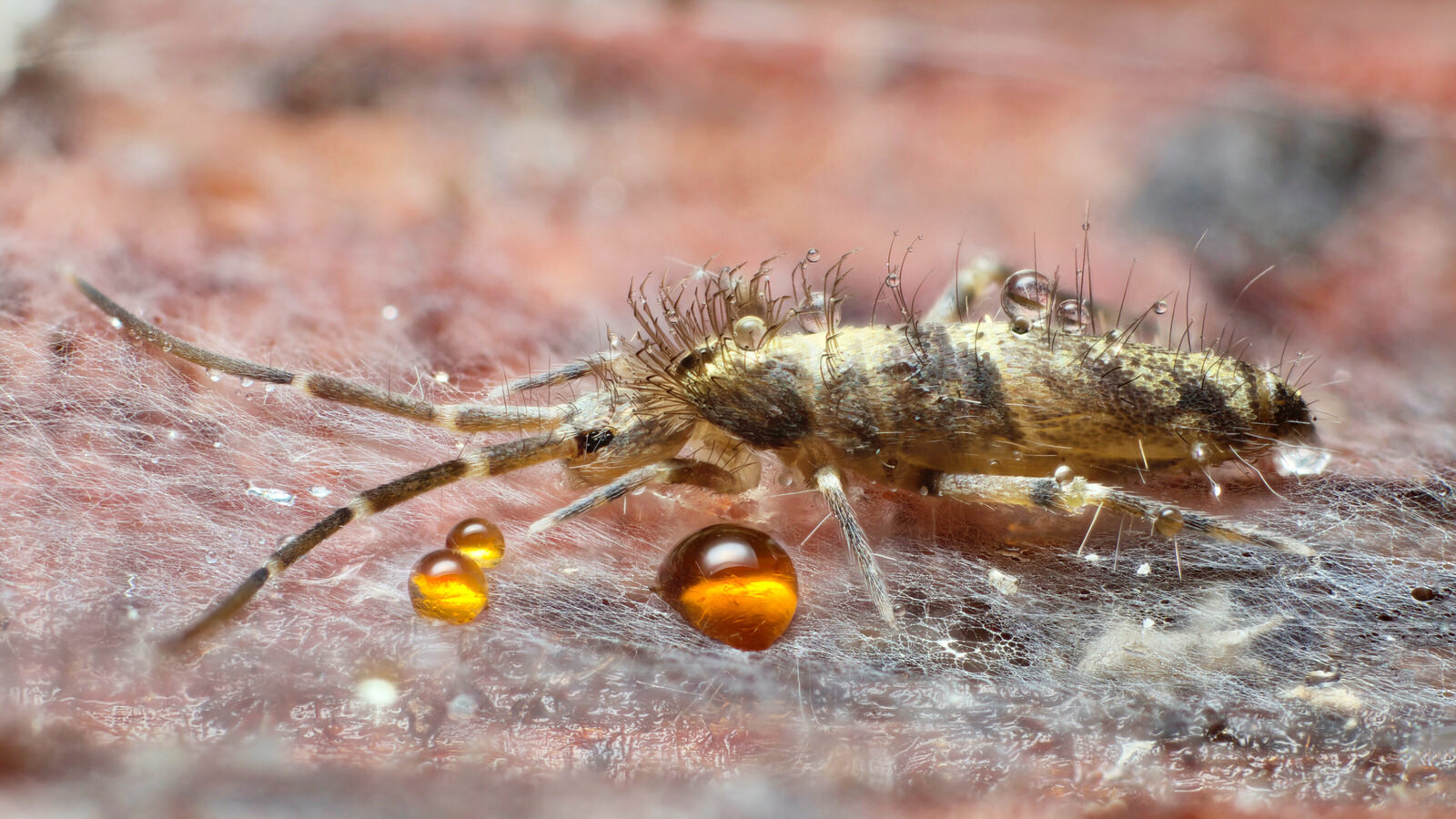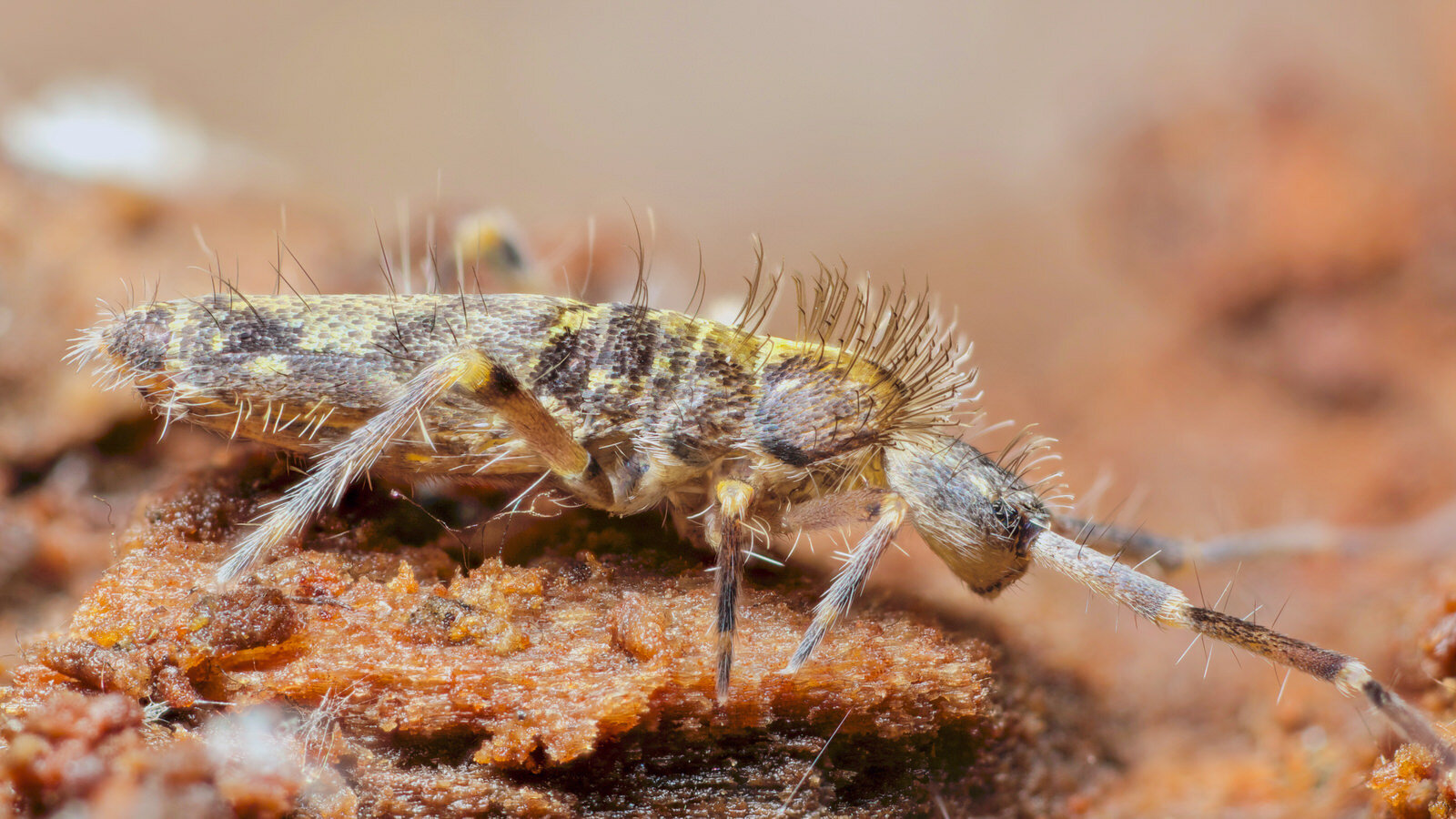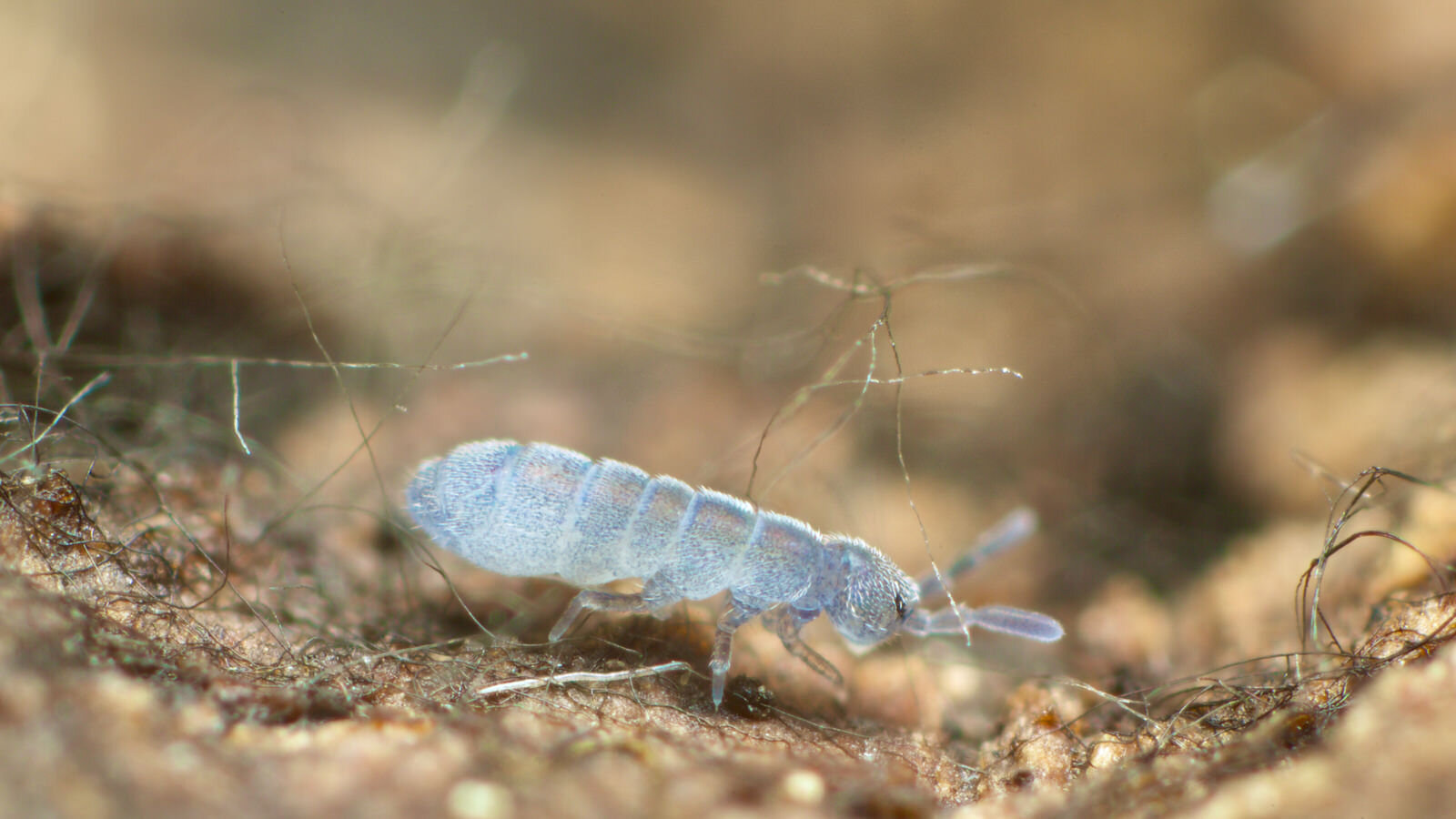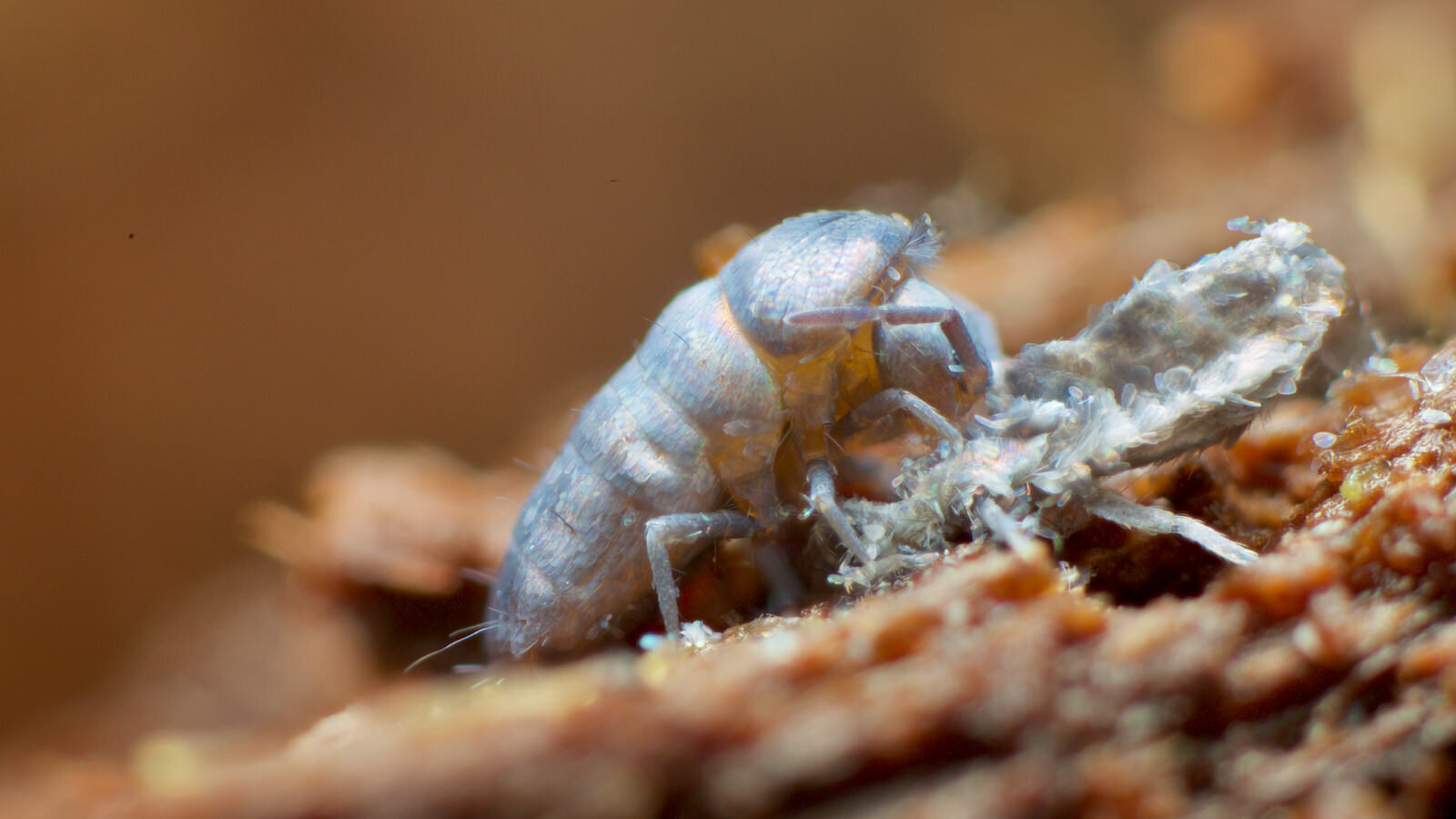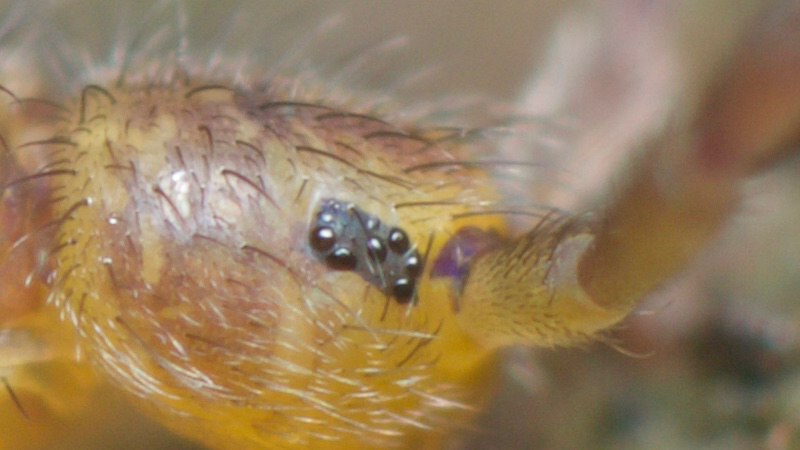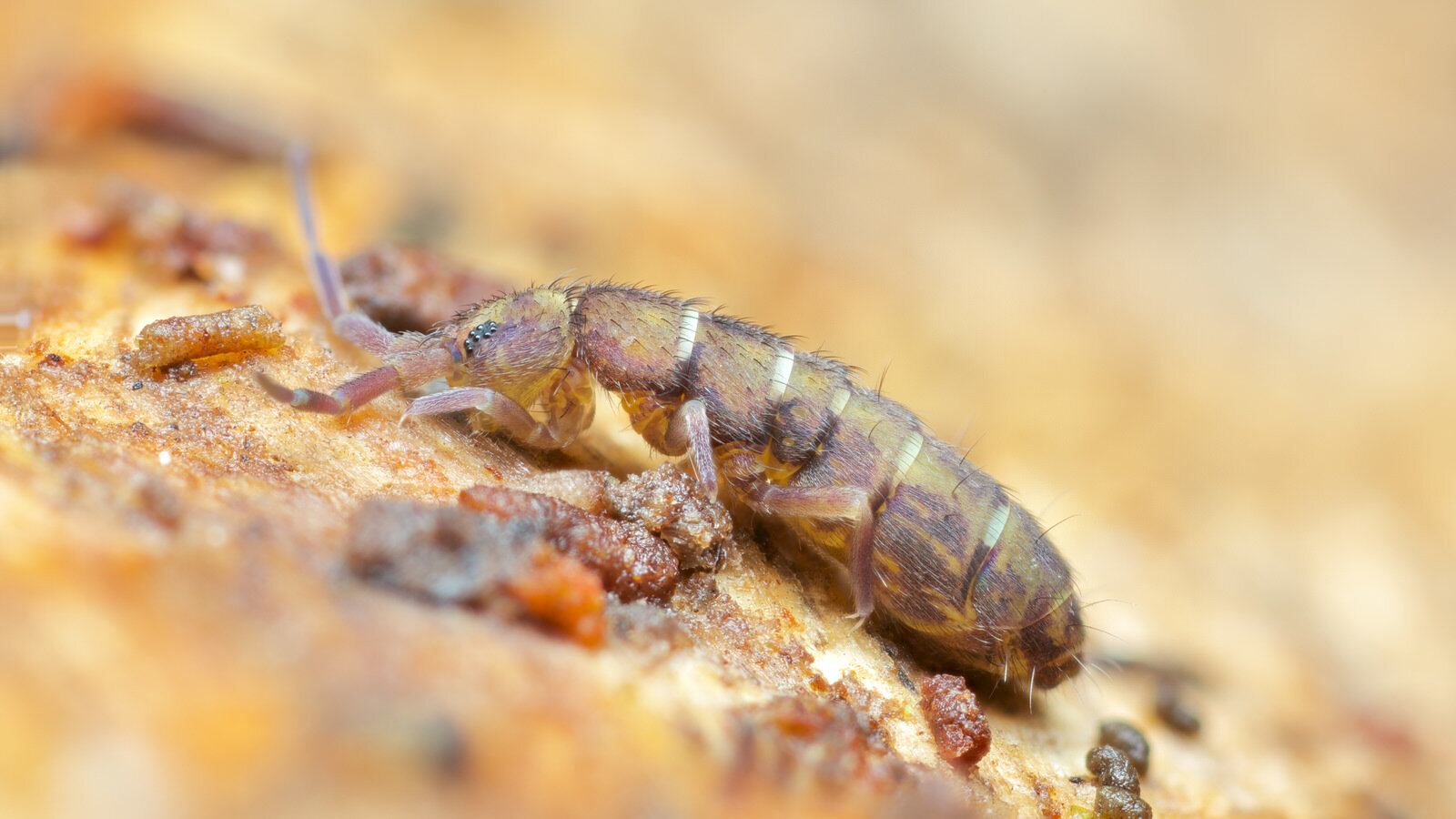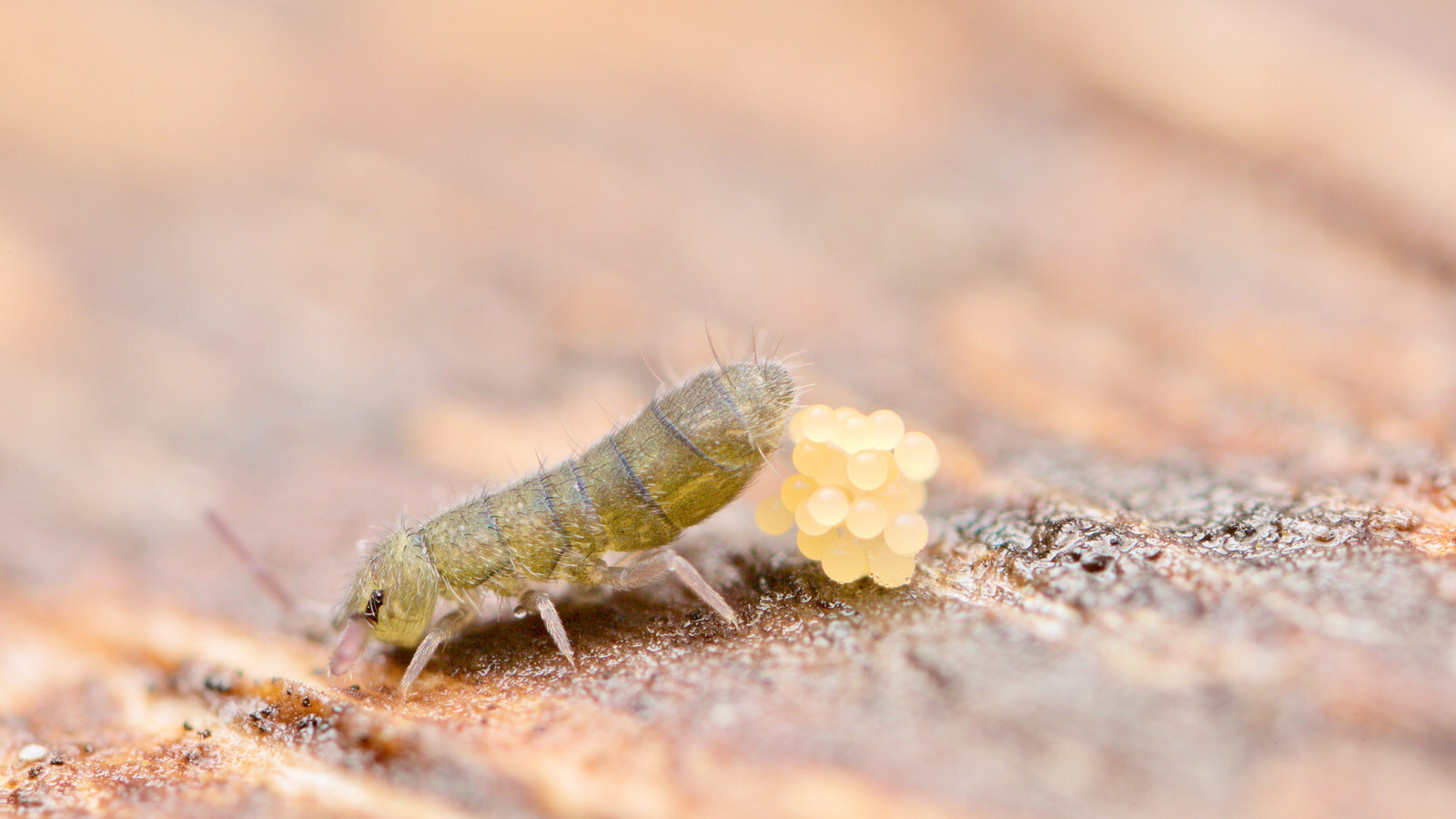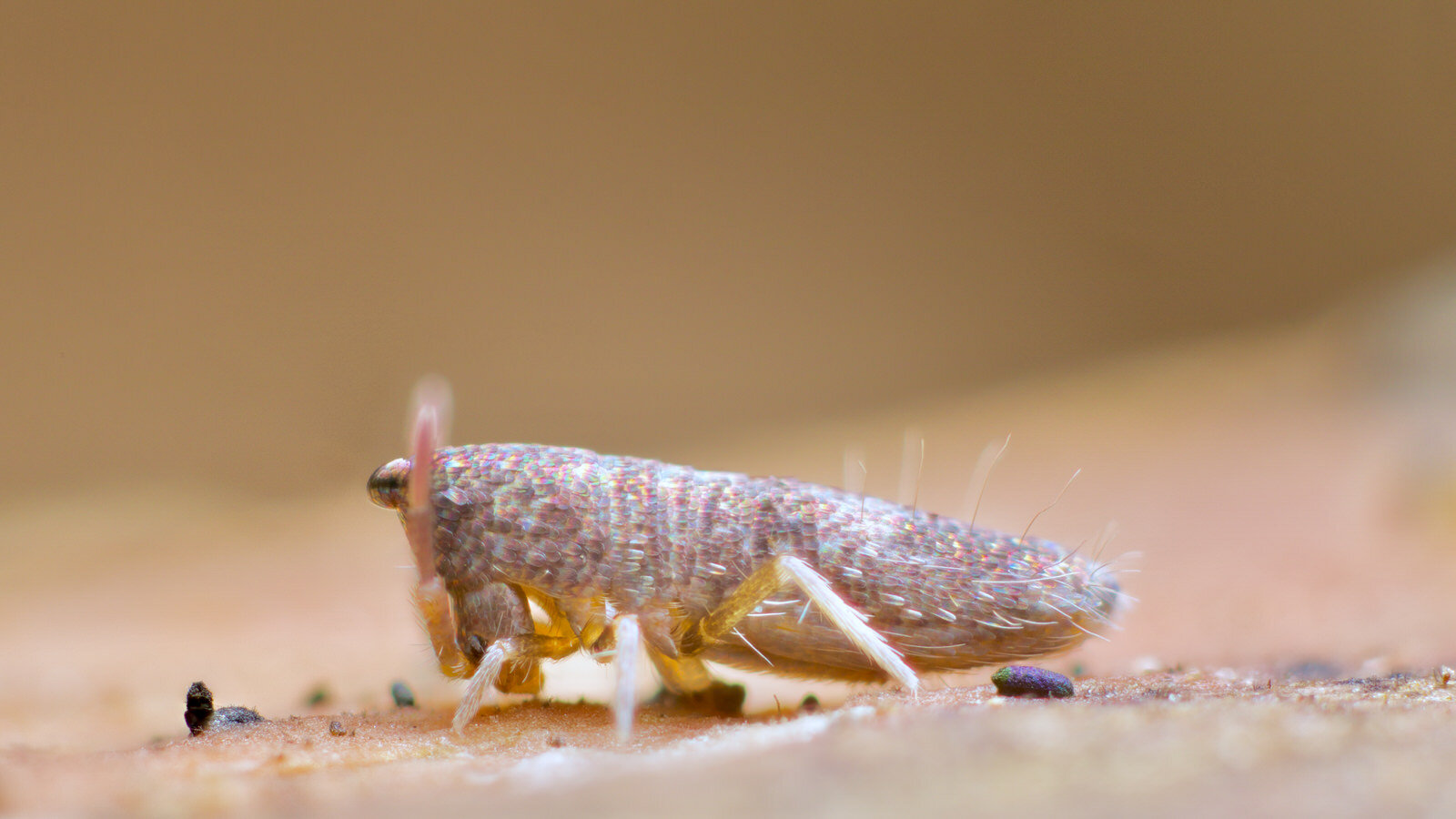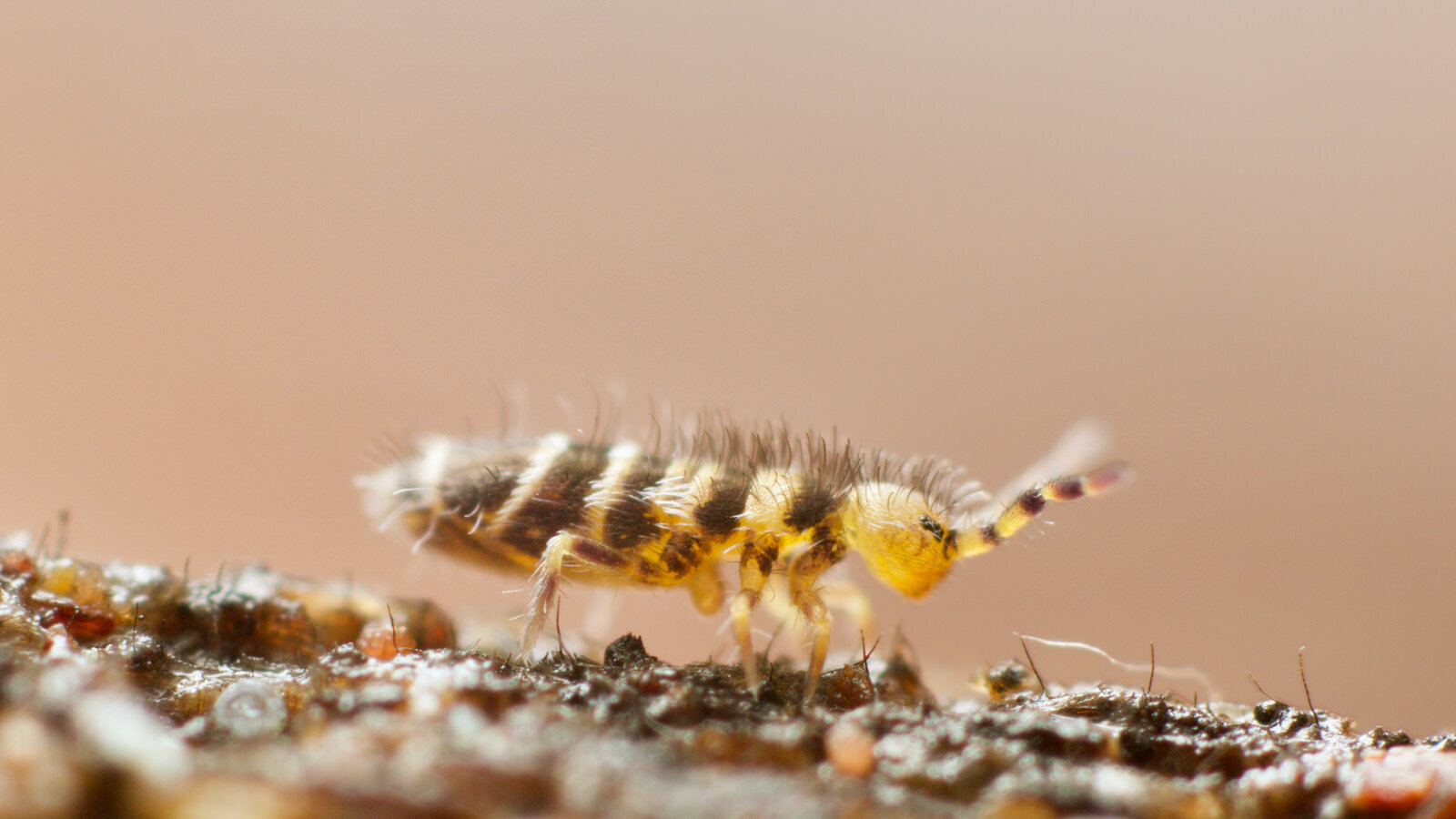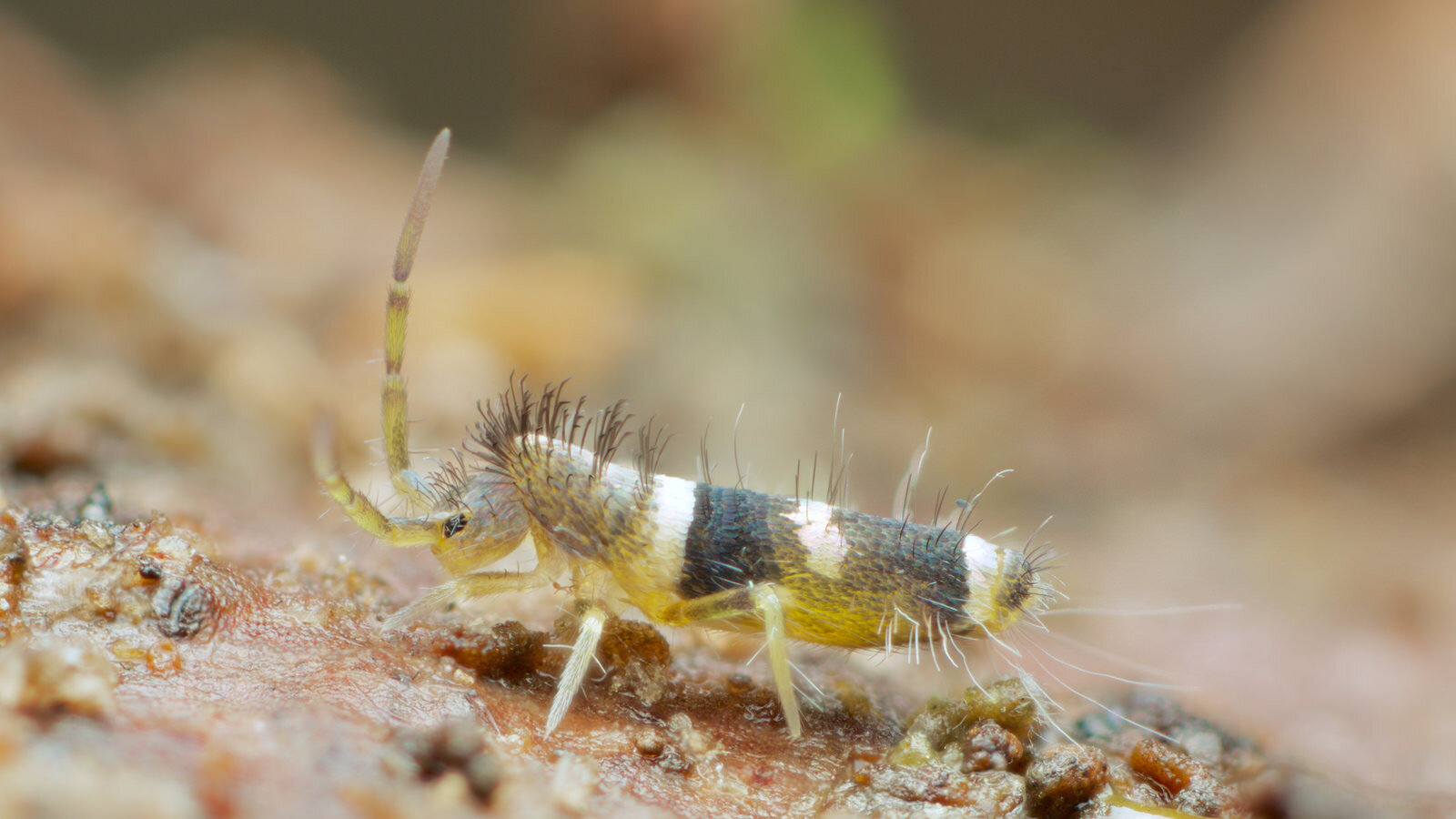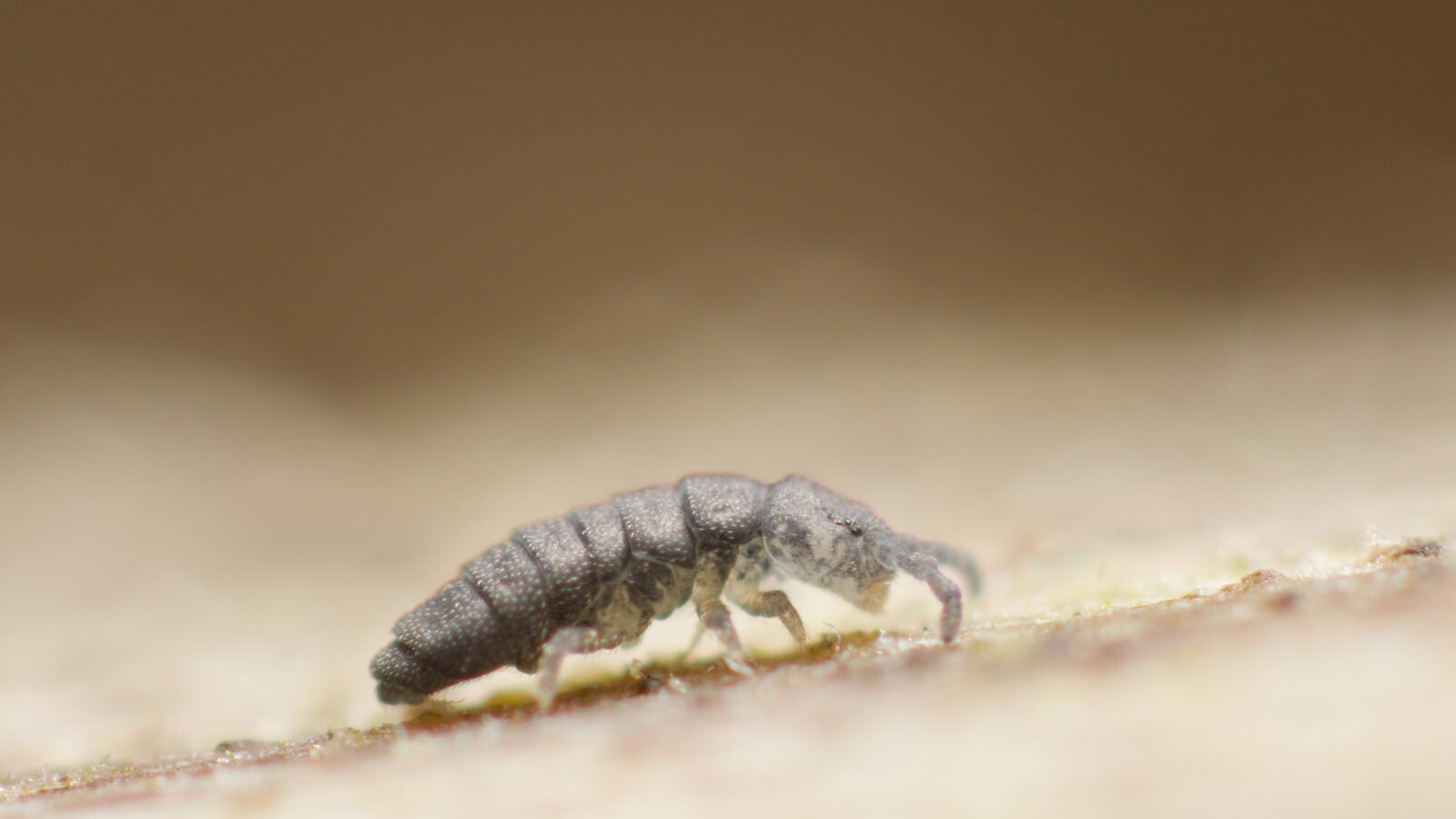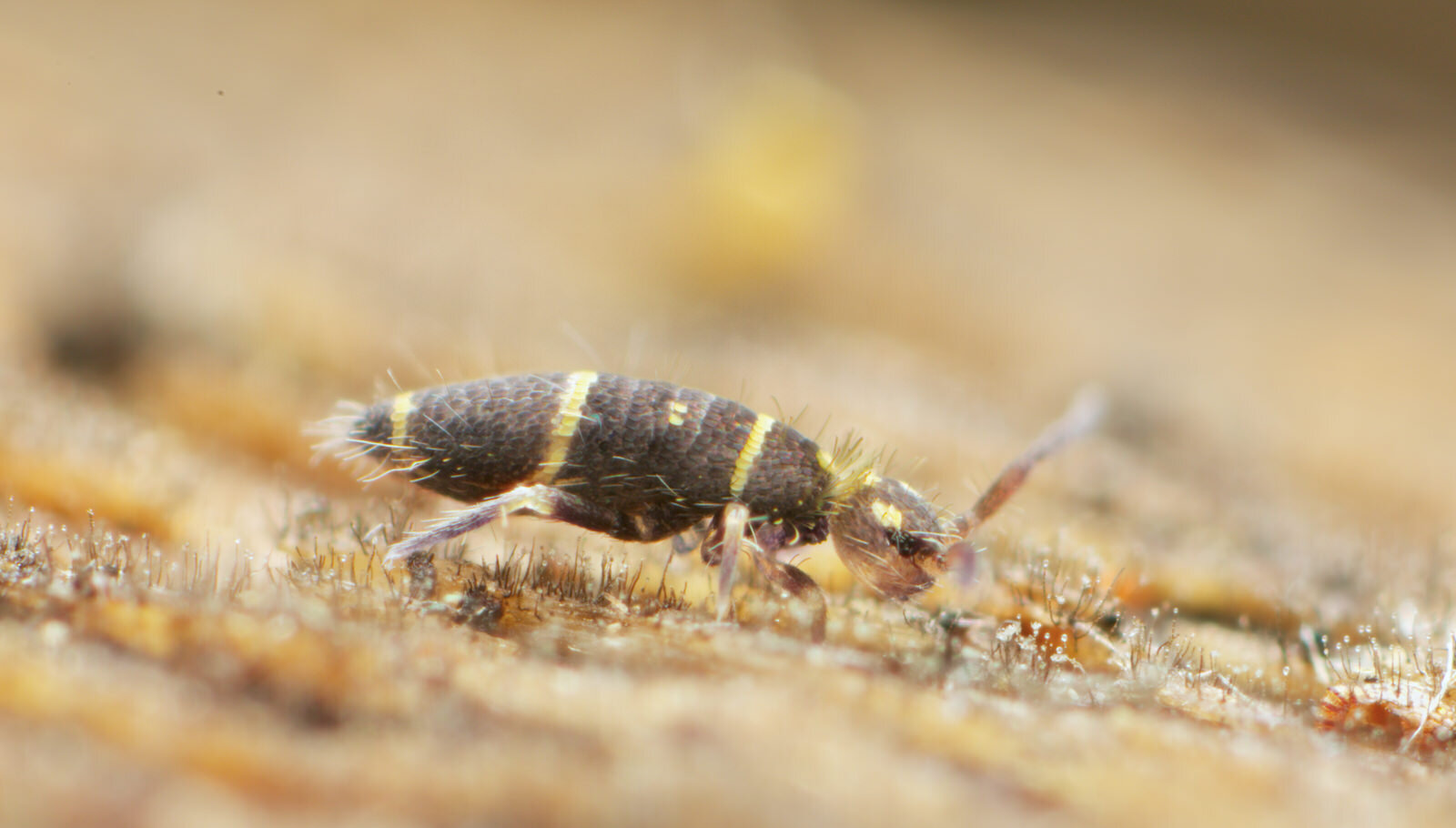
Entomobryomorpha
Entomobryomorpha is a ridiculously long name for a large order of very tiny Collembola. But that's the name they've ended up with so we just have to deal with it.
The Entomobryomorpha describes an initially morphological similarity between some of the different families of Collembola, sharing an elongated body shape with a clear separation between the thorax and the first abdominal segment. Many genera have a body covered with scales, perhaps serving as a predator deterrent and very often have many long and short setae protruding from their segments. They have some of the longest antennae of all the springtails, with one species boasting antennae three times its body length.
As with other springtail orders with the exception of the Neelipleona, the Entomobryomorpha are very adaptable to differing environments. Some genera live in the high canopies of tropical forests, fast moving and heat-tolerant, others able to tolerate a subsistence in the extreme dry and cold of the Antarctic.
Cryptopygus antarcticus is that famous entomyomobryid, being the most Southern living of any Collembola. And so far, the only Collembola to ever feature on a postage stamp- from the Falklands Islands.
As its name suggests, it is the dominant springtail in Antarctica and is extremely long lived, up to ten years, coupled with a slow growth rate, typical amongst extremophiles in the harsh cold. Its ability to survive in cold temperatures has also been well studied.
